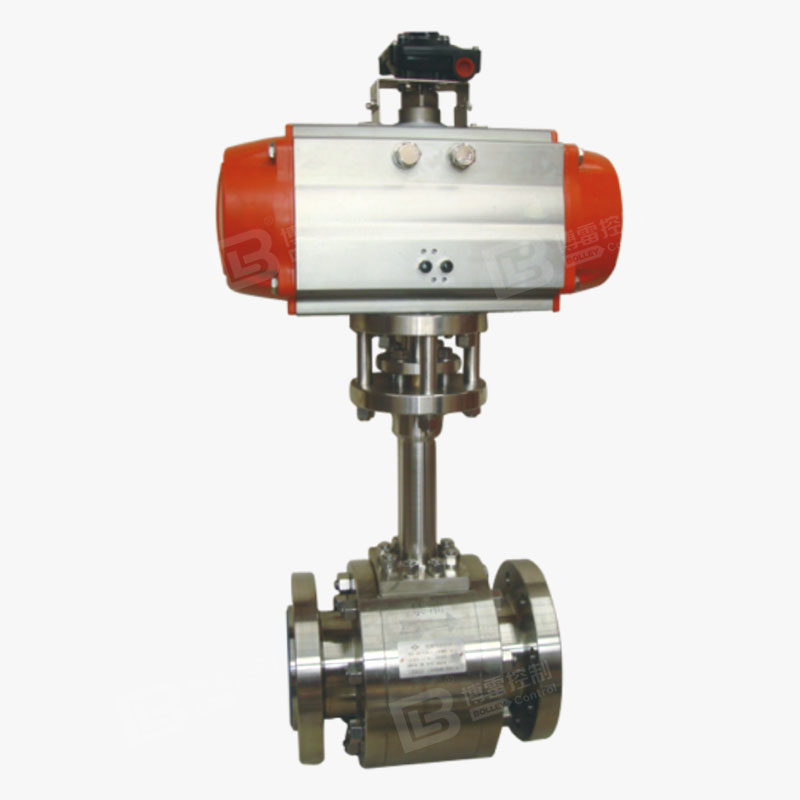Cryogenic ball valve

Cryogenic ball valve
Nominal Diameter: DN15~600mm
Nominal Pressure: PN1.6~16.0MPa
Applicable Temperature: -46℃~196℃
Applicable Media: Liquid oxygen, liquid nitrogen, liquid argon, liquefied natural gas, liquid carbon dioxide, liquid propane
Main Materials: LCB, LC3, CF8
The low temperature ball valve has distinctive features of different kinds of valves because of its special use medium and environment.
(1) Extended bonnet design and drip board design
The valve cover of low temperature lengthen rod ball valve is designed with extended cover. Extended bonnet design to make the valve handles and packing installation location away from the low temperature zone, which can avoid frostbite medium low temperature lead to valve operation, also can make the packing work under the normal temperature of the valve, the packing is not subject to frost violations caused by packing fracture failure. Cryogenic valves cold insulation layer is thick, extended bonnet also ensures that cold insulation construction space, and make the packing gland is located in the insulating layer, adding filler and tighten gland bolts, insulating layer without damage.
The drop plate design is adopted on the extended valve cover of the low temperature ball valve. The water drop plate needs to be set on the outside of the insulation layer to prevent the condensation of the water droplets falling on the insulation layer and the upper part of the valve body, protecting the insulation layer and preventing the loss of cooling.
(2) Fire protection design and anti-static design
As the low temperature ball valve is commonly used in flammable and explosive medium, fire protection design and antistatic design are particularly important, which is necessary for the structure of cryogenic ball valve. The design of the low temperature ball valve is similar to that of the ordinary ball valve, and the graphite sealing ring is used in the sealing of each link. The antistatic design adopts the spring structure to avoid the explosion danger caused by the accumulation of electrostatic charge.





